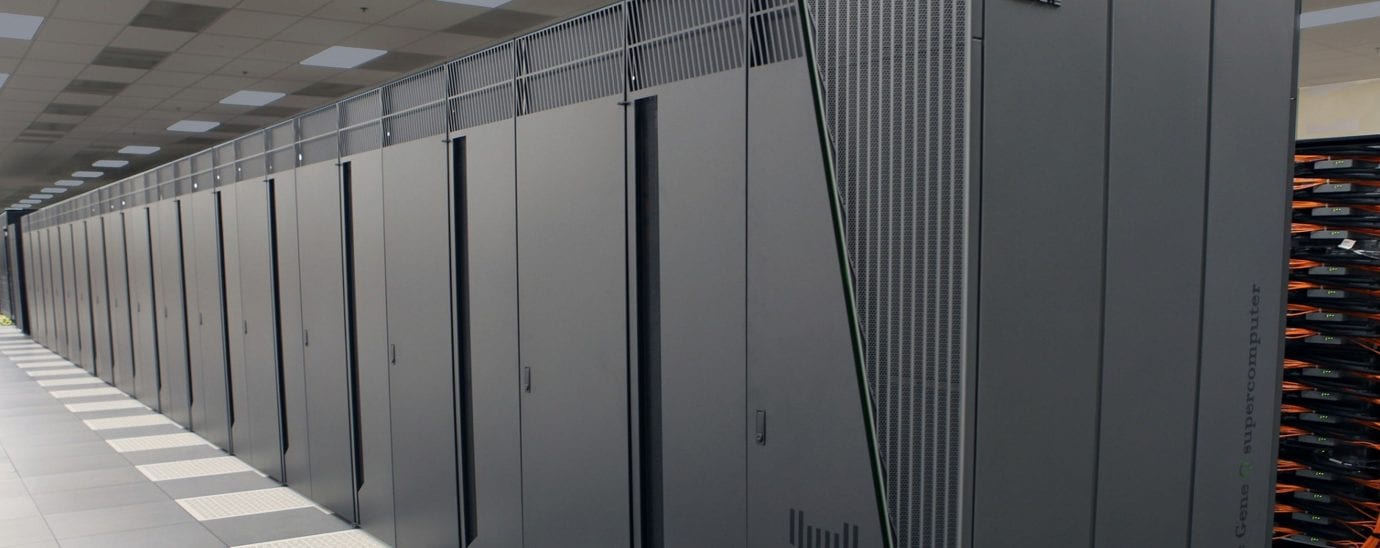What does Edge Computing mean for the Cloud?

New technology poses questions over existing models. Just as cloud technology asked questions of our data, edge computing is now challenging cloud’s relevance. It’s the circle of life.
The year is 2019 and cloud computing is still absolutely how the majority of the world chooses to work. We rely on centralised services like Dropbox and Google Drive. Many of our IoT devices are powered by intelligence stored in the cloud, and the likes of Amazon – who owned 47% of the cloud market in 2017 – run the infrastructure and hosting of a huge number of businesses worldwide, thanks to their monopoly of the technology.
Processing applications in a cloud environment relies on transferring large amounts of data across a network. It’s no wonder that companies are seeking to eliminate those transfers.
What’s the difference between Edge Computing and the Cloud?
Let’s consider a power station, for a moment. In the past, we would have built huge plants in the countryside, pumping power into densely populated areas from outside the big cities. However, what if we built smaller plants, located in the cities themselves, for a quicker, more efficient way to transfer fuel? This is called cogeneration.
In this metaphor, the outer city power station is the cloud. The “edge” in edge computing literally refers to the geographic location of the computing: edge computing takes place near the source of the data, instead of relying on relaying information to the cloud, similar to how a small, city-based power station can supply energy quickly and more efficiently to surrounding neighbourhoods.
Your smartphone uses edge computing. A smartphone manufacturer like Apple or Samsung doesn’t have to rely on a centralised data centre to unlock your phone. Transferring information to the cloud just isn’t efficient in this instance.
The same is true of self-driving cars. Due to latency, privacy and bandwidth, it’s not possible to drive a Tesla simply relying on the cloud, so many cars get updates from their manufacturer via the cloud while using edge computing to make real-time decisions.
Which is best?
Response time is a deciding factor when it comes whether a device uses edge computing or cloud computing. There’s a delay that comes when sending data to the cloud: think of that power plant sending energy to the city.
Is it always wise to keep data so close to the source of the device though? So many devices “outsource” to the cloud thanks to its almost limitless storage. Devices that utilise edge computing may need thousands more sensors simply to make decisions that could take seconds to be made via a cloud transfer, albeit a few seconds more than the edge could manage.
Is it always wise to keep data so close to the source of the device?
Security is a major debate with cloud computing, too. While encryption and blockchain may tighten the cloud a little, edge computing stores data closer. An attack on a cloud system will compromise an entire company’s data, while a hack on the edge will only affect one location. Though it could be argued that security staff at a centralised site could react to cybercriminals compromising the cloud, it’s possible to manage edge sites easily.
MMDCs may provide the answer
Micro Modular Data Centres (MMDCs) contain everything you need in one place. They include processors, a network, power, cooling and protection against shock and vibration. In the cogeneration metaphor, this might be the equivalent of installing solar panels on your office roof.
MMDCs are constructed at a central facility, before being sent closer to where they’re needed. Whether you choose to install one in a building or nearby, they provide quicker responses and lower-cost communications.
Ultimately, this compromise is a sign of how much edge computing is developing alongside IoT. Edge may prove to be a viable alternative to the cloud but in the short-term, it’s more likely to prove itself as a complement to a centralised storage centre.
All new technology phases out old technology at some point. Edge computing offers multiple advantages for businesses and consumers alike: who knows how important it could become?
